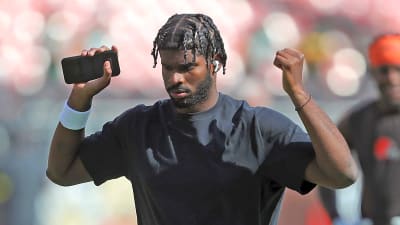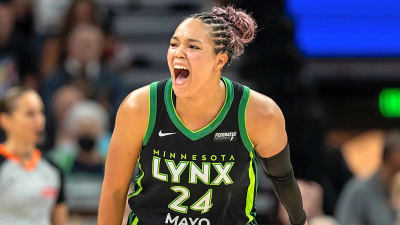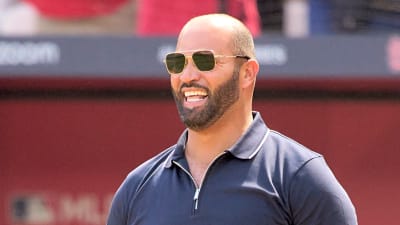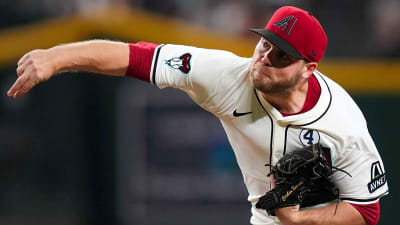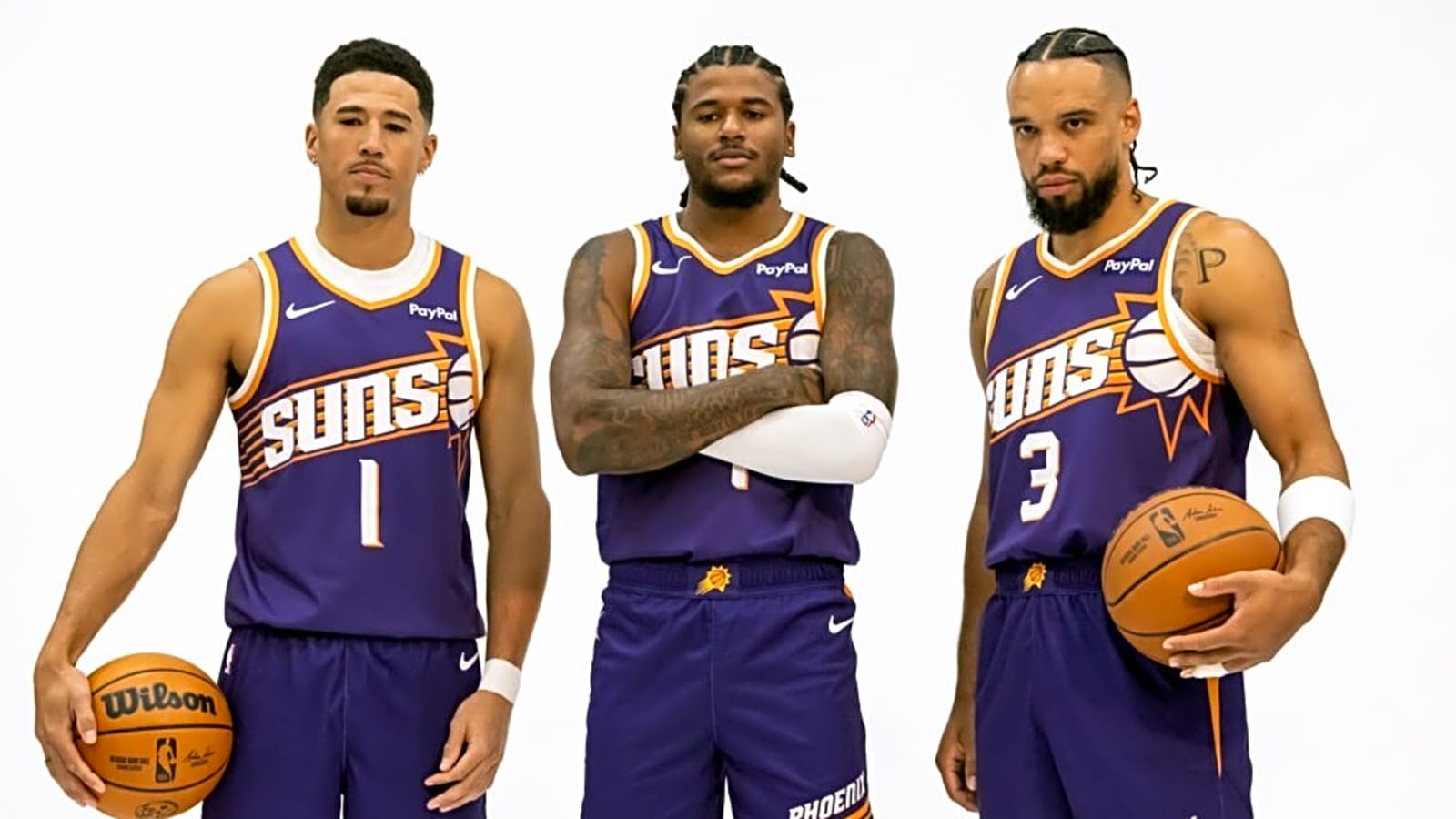
The Phoenix Suns are embracing their villain mindset ahead of the 2025-26 season.
That mindset started after they received Dillon Brooks as part of the trade that sent Kevin Durant to the Houston Rockets. While averaging double figures in all but one season of his career, Brooks is more known for his defensive prowess. A prowess that oftentimes leads to confrontational situations, which in turn created his villain persona.
“I had to look myself in the mirror and say, ‘How can I be wanted?'” Brooks said at Phoenix Suns media day. “The way I play, smash mouth, physical, in your face type of game is where I got the villain [role from].”
Being one of the veterans on this young Suns team, Brooks has bequeathed his villain persona onto his teammates. So much that the team now has a “villain junior,” according to the former Rocket.
Although Brooks did not give a name, here are some guesses on who could be the villain’s henchman.
Ranking Suns’ Options At ‘Villain Junior’
4. Collin Gillespie
The only point guard on this list, Collin Gillespie burst into the spotlight towards the end of last season, starting nine games for an injured Bradley Beal over the final month. He starred in games during that stretch, including 10 points in the fourth quarter in a 119-117 win over the LA Clippers on March 4th and a season-high 22 points against the Minnesota Timberwolves on March 28th.
That led to him earning an extension with the Suns, along a full-time promotion after his two-way contract last season. Furthermore, Gillespie’s production now holds expectations.
“I’ve been around guys like that where it finally clicks,” Suns head coach Jordan Ott said about Gillespie. “It takes them a little bit to know that they’re an NBA player, that they belong in the league. It has clicked for Collin.”
Gillespie also noted that Ott likes his smaller guards to shoot off the dribble and be efficient. So, while Gillespie’s grit may have carried him to his current position, it may not be the best opportunity for him to exploit the “villain junior” role.
3. Oso Ighodaro
Similar to Gillespie, Oso Ighodaro also received copious amounts of playing time under Mike Budenholzer. While inconsistent at times with his offensive production, Ighodaro averaged 3.6 rebounds per game. He recorded at least 12 boards in two victories against the Utah Jazz and Ott’s Cleveland Cavaliers last season.
“There are a lot of vets or older guys who are established in the league have the luxury of taking their time, a lot of time off, and then getting ready for the season in training camp,” Ighodaro said at training camp. “I’m not that yet. I’m trying to prove myself in this league, so I’ve been here all summer and being ready.”
Ighodaro may also have an increased workload next year with Durant’s departure in the offseason. With multiple new faces on the squad, Ighodaro’s presence can give multiple rookies a sense of assimilation into the team’s culture, but can also learn from the team’s veterans, going up against Brooks in practice. Being the Suns’ “villain junior” could see Ighodaro looking to build on a solid rookie season, solidifying himself as an NBA role player.
2. Khaman Maluach
Khaman Maluach is no stranger to the villain role.
A center at Duke this past season, Maluach started all 39 games, averaging 8.6 points, 6.6 rebounds and 1.3 blocks—production that screams gritty play.
He also played for Jon Scheyer, the successor to one of the most successful coaches in college basketball history, at one of the most successful programs. The Blue Devils were the ACC’s villain, and made their presence felt throughout conference play.
Transitioning to the NBA, Maluach is looking to continue that villain edge under the watchful eye of the Suns’ veterans. He has already showcased himself as a defensive leader, and has increased his muscle mass.
“It’s like getting strong from like the base, and just working on my weak spots as well as my knees, my quads and my upper body,” Maluach said about his offseason work going into training camp.
His updated physique can help the Suns push forward and lean into their physicality in drives and second chances towards the basket.
1. Ryan Dunn
Another sophomore, Ryan Dunn enters his second season in the Valley with poise and passion. With the best production on this list, he averaged 6.9 points, 3.6 rebounds, 0.8 assists and 0.6 steals as a rookie, receiving 44 starts, including the last 16 games of 2024-25.
Dunn has also become a leader for the new-look Suns. Ott called him an example for rookie Rasheer Fleming to follow, while Maluach leans on Dunn’s relatability, thus making Dunn a potential messenger for Brooks’s villain mindset and Ott’s aggressive defense.
“Not just me, but [Collin Gillespie], Dillon [Brooks] and Jalen [Green], all those guys bringing extra pressure and possession, it slows the offense down, and gets us kind of going,” Dunn said. “That’s what a lot of us are doing, going up against each other. Just trying to make it hard [for each other].”
With the new-look Suns leading the forefront, Dunn’s production and work ethic can lead to more physicality in practice, perhaps translating to the “villain junior” mindset in games.
More must-reads:
- Savvy Quentin Grimes deal comes at the perfect time for 76ers
- Heat to sign young forward to extension after career-best season
- The 'Last 100-yard rusher by NFL team' quiz
Breaking News
Trending News
Customize Your Newsletter
 +
+
Get the latest news and rumors, customized to your favorite sports and teams. Emailed daily. Always free!
